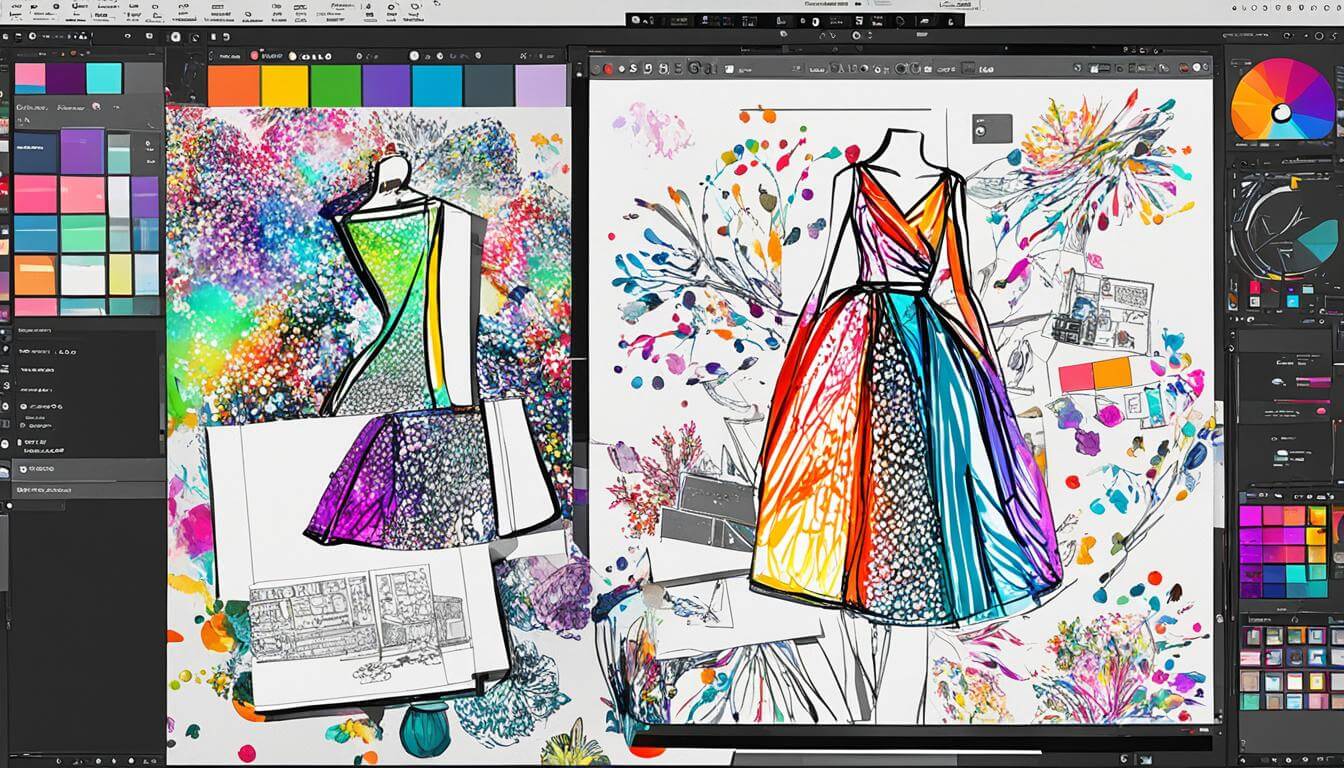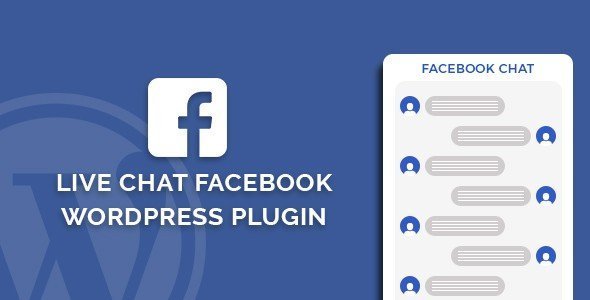I remember the day I decided to pursue a career in design like it was yesterday. It was a mix of excitement and sheer terror. On one hand, I was thrilled to follow my creative aspirations, but on the other, I was intimidated by the vast and competitive nature of the design industry. How do you even start? What jobs are out there? And most importantly, how do you land one?
Well, I’m here to share what I learned along the way.
The First Step: Figuring Out the Landscape
The design world is vast, with a myriad of avenues to explore. I was surprised to discover the variety of opportunities available. Did you know that designers can work in marketing agencies, illustration companies, or even in-house for a single brand? Designers are in demand across many sectors, which can be overwhelming at first.
The first decision I faced was choosing my work environment. Did I want the fast-paced, varied nature of an agency, or would I thrive in an in-house design team, where I could become intimately familiar with one brand? For me, the idea of juggling different projects and working with a variety of clients seemed like a dream. But it’s not for everyone.
The Many Faces of Design: Choosing Your Path
Once I had a better understanding of the design landscape, the next step was figuring out which specific path I wanted to pursue.
Branding
Branding was one of the first areas I explored. Working in branding means being at the heart of how a company presents itself to the world. I found it fascinating how visuals can communicate a message so powerfully. It’s more than just a logo or color scheme; it’s about creating a whole identity. In an agency role, you might be doing this for different brands every day, which sounded like a blast.
Typography
Then there’s typography. Before diving into design, I never realized how much work goes into designing type. Consider the Coca-Cola logo: it’s just typography, yet it’s instantly recognizable. If you love playing with letters and have a passion for creating something iconic, typography could be your calling.
Editorial Design
If you’re more interested in layout and composition, editorial design might be the perfect fit. This is where you get to design magazines, books, and even online publications. It requires a sharp eye for detail and a knack for knowing what looks good on a page.
Illustration
Finally, there’s illustration, which was a natural fit for me as I’ve always loved drawing. Whether it’s creating storyboards, designing book covers, or even getting involved in animation, the possibilities are endless. Plus, you can specialize in niche areas like medical or scientific illustration if that’s your thing.
The Academic Route (But Not the Only Route)
Initially, I thought a traditional academic route was essential to breaking into the design world. I looked into graphic design degrees, which typically cover the basics like typography, branding, and the history of design. But here’s the thing: while having a degree is beneficial, it’s not the only way to make it in design.
Work experience is crucial. I reached out to local design agencies and small businesses to see if they’d let me shadow them or do some unpaid work. It was a bit of a grind, but it paid off. I gained firsthand experience in the industry, which helped me discover what I enjoyed the most.
During university, I took the opportunity to do a year in the industry, and it was a game-changer. Not only did I gain valuable experience, but I also made connections that would prove invaluable later on.
Key Takeaways
Pursuing a career in design is as thrilling as it is challenging. It’s a world where creativity meets strategy, and where you can truly make your mark. Whether you’re into branding, typography, editorial design, or illustration, there’s a path for you.
Are you ready to dive in?









